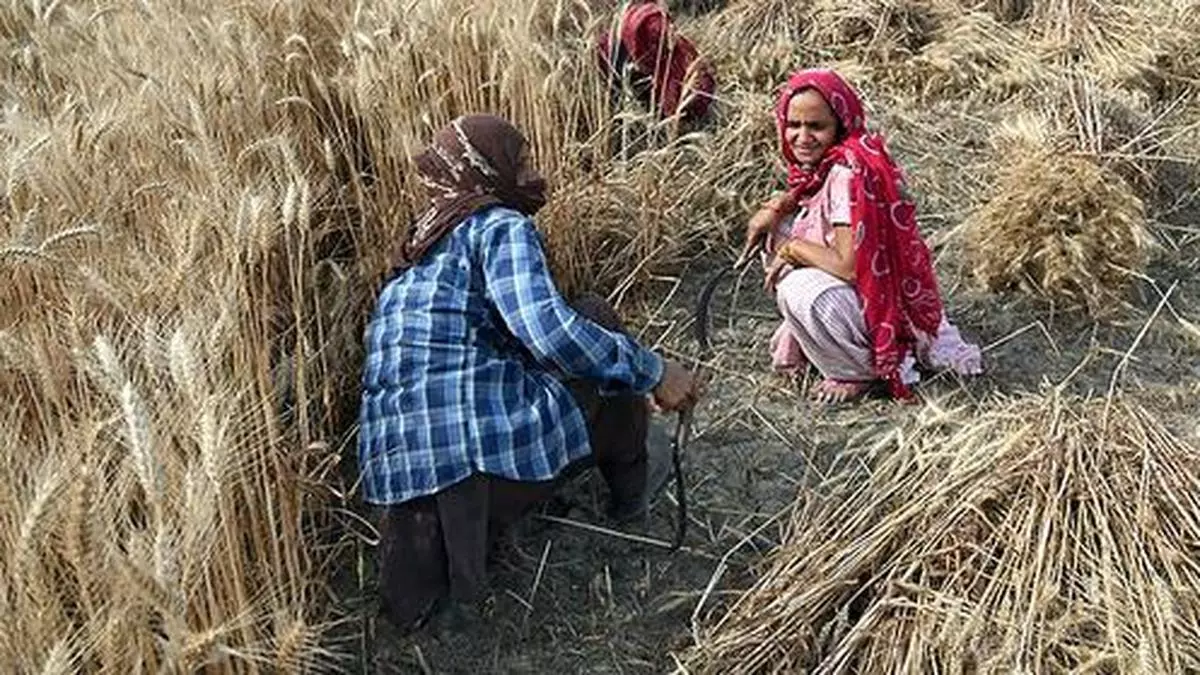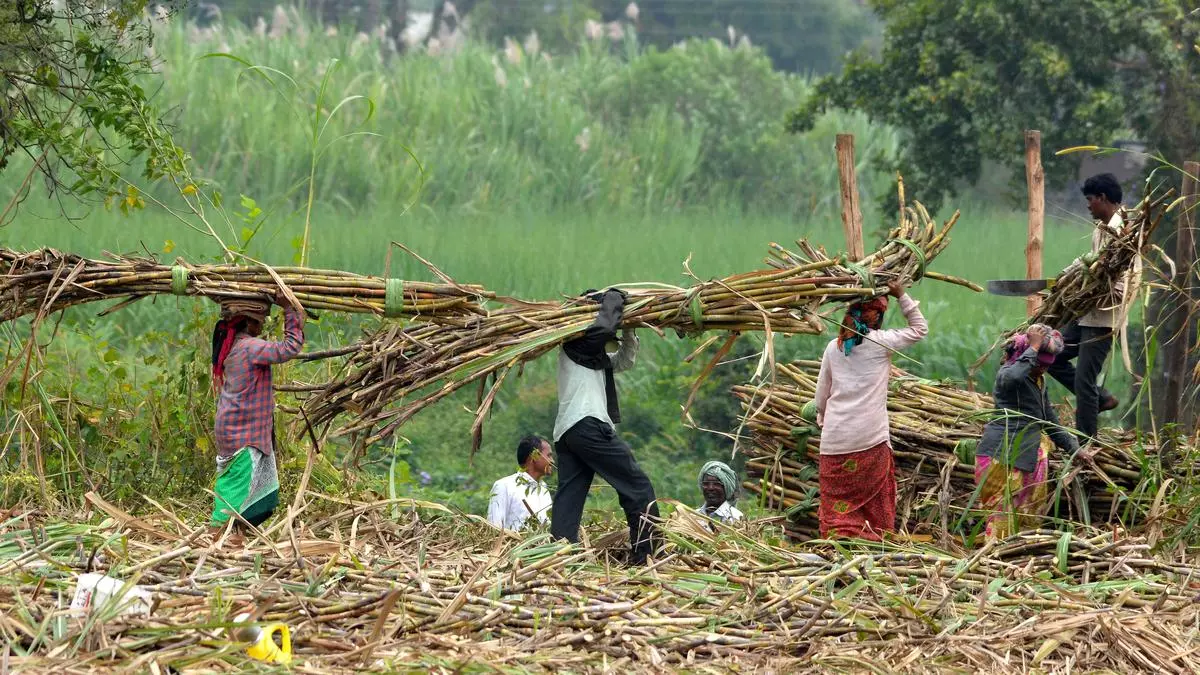
As India braces for a warmer summer, urban centres are already experiencing acute water scarcity. According to The Aqueduct Water Risk Atlas by the World Resources Institute, 31 per cent of global GDP — a whopping $70 trillion — half of which will be contributed by India, Mexico, Egypt and Turkey — will be exposed to high water stress by 2050. It highlights the imperative to address these concerns in a country like India with extremely high water stress exposure and seek methods to conserve and reuse resources.
Particularly in the context of agriculture, one of the most water-intensive sectors globally, accounting for 80 per cent of freshwater usage, it is a collective responsibility to explore remedies to safeguard this critical resource for future generations. In countries like India, where agriculture is not only a livelihood but also a cornerstone of the economy, the efficient management of water resources ensures sustainable food production systems. Yet, in recent years, agriculture has faced mounting challenges due to water constraints exacerbated by factors such as droughts, extreme weather events, and inefficient water management practices.
Water for food security
India, with its increasing population and limited freshwater resources, faces a daunting task: meeting the growing demand for food while grappling with a widening gap between availability and need for water. The statistics paint a stark picture – since independence, there has been a staggering 71 per cent decline in water availability. The inherent contradiction of Indian agriculture is also telling: Despite being a water-stressed country, it remains a major producer of water-intensive crops such as rice (25 per cent), sugarcane (22 per cent), cotton (21 per cent), and wheat (14 per cent). An overwhelming 70-80 per cent of Indian farmers are dependent on irrigation and reports indicate alarming groundwater depletion rates, particularly in Punjab, Rajasthan, and Haryana, where a significant majority of assessed areas show overexploited or critical water tables. The lack of efficient water utilisation and management aggravates the crisis, necessitating intervention at both governmental and societal levels.
The consequences are dire, as diminishing water resources challenges food security, already confronted by a disproportionate population-to-water resources ratio, with only four per cent of global water resources serving nearly 18 per cent of the world’s population. Climate change projections suggest that by 2050, groundwater depletion may extend beyond Punjab and Haryana, impacting regions like the southwest, where water reserves are comparably lower. Urgent measures are needed to address this crisis and ensure sustainable water management practices to safeguard India’s agricultural future.
Solutions that need support
Recognising the gravity of the situation, the Indian government has launched several initiatives aimed at addressing groundwater management and water conservation. The Atal Bhujal Yojna, Mission Amrit Sarovar scheme, Jal Shakti Abhiyan, and Jal Jeevan Mission are efforts focused on constructing water bodies, promoting rainwater harvesting, and providing potable water to rural households. Additionally, schemes like the Pradhan Mantri Krishi Sinchayee Yojana (PMKSY) aim to enhance water access for farmers, improve irrigation infrastructure, and promote sustainable water conservation practices through watershed development. However, collaborative efforts involving policymakers, academicians, government agencies, and private companies can help tackle water-related challenges effectively.
Advanced agro products: Multiple fertilizers today not only reduce water usage while improving crop productivity, making them a tool to achieve India’s broader goal of water conservation and food security. Innovative solutions like water-soluble fertilizers can significantly contribute to sustainable agriculture. For instance, banana farmer Sanjay Choudhari from Jalgaon, a water-scarce district in Maharashtra, was facing challenges with traditional bulk fertilizers that require excessive water and time to dissolve, leading to imbalanced nutrition and soil degradation. Transitioning to drip irrigation and adopting water-soluble fertilizers (WSF) reduced water usage by half and increased nutrient efficiency to over 80 per cent from his previous 30 per cent mark, and increased yield by 15-20 per cent. Drought-tolerant seeds have been a major game-changer for smallholders in response to our changing climate.
Partnerships for climate-resilient agriculture: Public-private partnerships (PPPs) can play a pivotal role in promoting water literacy among the masses. For example, monoculture farming, especially of water-intensive crops, may heighten stress on groundwater reserves. Encouraging crop diversification practices can not only enhance soil health but also reduce water demand. Crops that need less water – millets, maize, sorghum, etc. – are the need of the hour to ensure food and water security. Popularising these crops will need sustained awareness campaigns, both on social media platforms and through grassroots initiatives, to foster a culture of responsible usage without affecting livelihood.
Academia Engagement: There is a pressing need to integrate water conservation into academic curricula and invest in research on water-efficient crops and technologies. Research and development of drought-resistant crops, efficient water-saving technologies, and sustainable farming practices demand continued investment will be beneficial to Indian farmers already facing the heat of climate change.
Community Involvement: As the end user, the role of the community in water conservation cannot be overstated. The World Bank implemented the Participatory Groundwater Management (PGM) approach for their projects in peninsular India. It empowers communities in a defined aquifer area by providing governance rights, community awareness, capacity development, and knowledge and motivation for social regulation and the implementation of coordinated actions. While progress has been made on the policy front, the need for deeper community involvement and empowerment in India for a water-secure future remains.
India’s agricultural sector stands at a crossroads, facing the daunting challenge of balancing productivity with sustainable availability of water. Many ongoing programmes aim to address this gap by re-establishing community stewardship and bridging the disconnect between resource management and local capacity. Embracing such holistic strategies and sustainable practices that prioritise water security, we can pave the way towards a more resilient and water-secure future.
The author is Managing Director, Yara South Asia
Crime Today News | Business & Economy
Source | Powered by Yes Mom Hosting





